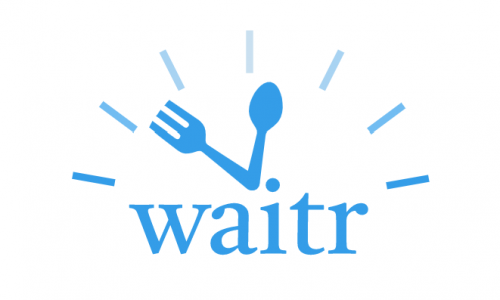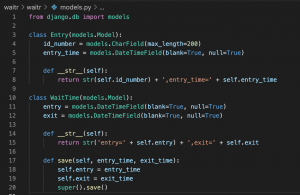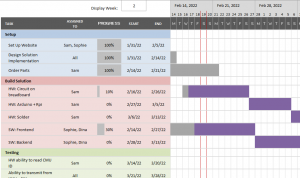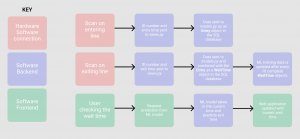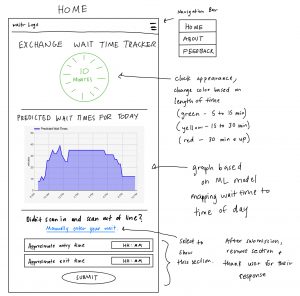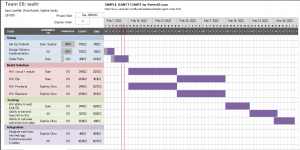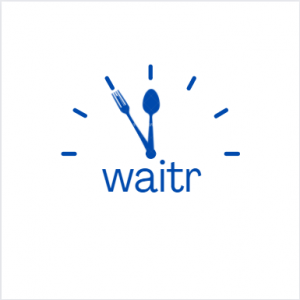This week, I finished constructing our circuit on a breadboard. I also added our logo to our website and design review presentation.
I’m on schedule, but anticipate a possible delay from figuring out how to power the board – I previously thought the whole board was powered by a +/-5V DC power supply, but that’s just for the op amp in the circuit. I’ll need an AC power source that’s 125 kHz and 2.0 Vpp, so this week I’ll test with the equipment in the labs while I figure out a way to convert power from an outlet to these metrics. I’ll check digikey for a converter, and talk with the professor and TA if that doesn’t work out.
Deliverables for next week include making our inductor coil and beginning to test the circuit as a whole. I’ll look in the 1300 wing for suitable PVC tubing, and calculate the specs for the resulting coil. Hooking this up to my existing circuit will be easy, so all that’s left is to test it using the tests and Arduino code from 220. Looking ahead, I’ll be modifying this code for our specific needs.
